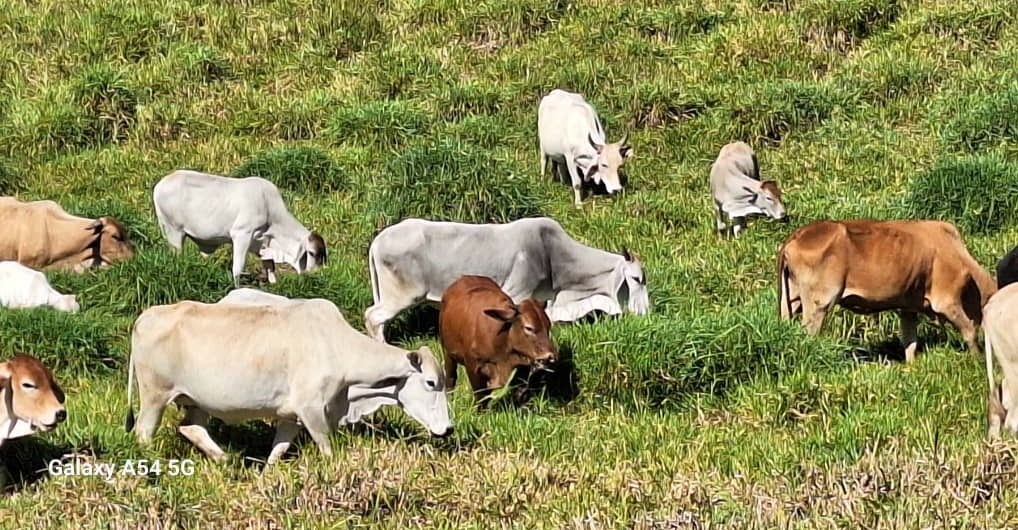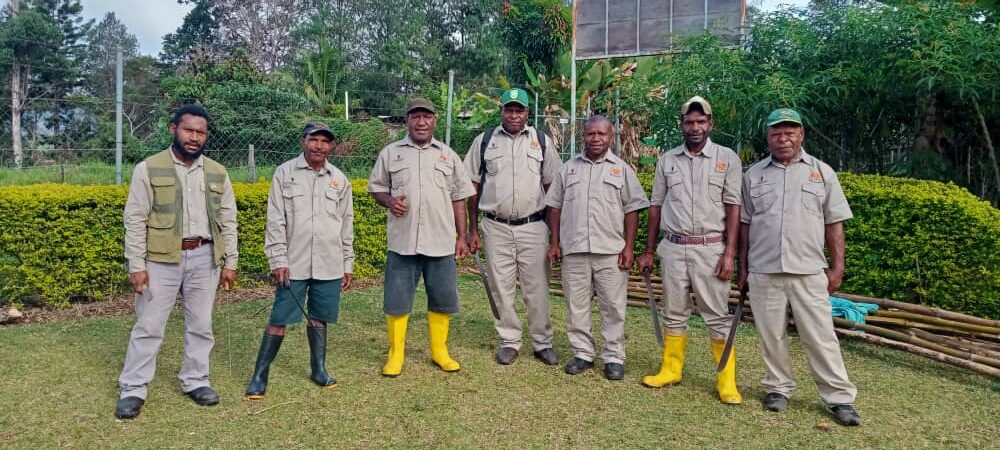Bihute


The Bihute Livestock Station, located just outside Goroka in the Eastern Highlands Province, is one of Papua New Guinea’s five state-owned abattoirs. After years of decline, it has been reclaimed and is now undergoing significant rehabilitation, including upgrades to its slaughterhouse and livestock holding paddocks to restore efficient operations. It was re-opened by the government in April of 2020. However, its services have been disrupted since then due to inadequate clean water supply and frequent power outages, highlighting the need for improved infrastructure to maintain consistent production. Its close proximity to Goroka made Bihute a reliable supplier of fresh beef and pork to local consumers.
Economically, Bihute supports local employment and strengthens nearby farming communities through organized supply chains. Its redevelopment also aligns with the Medium-Term Development Plan IV (2023–2027), which aims to reduce the country’s reliance on imported meat and improve national food self-sufficiency.

